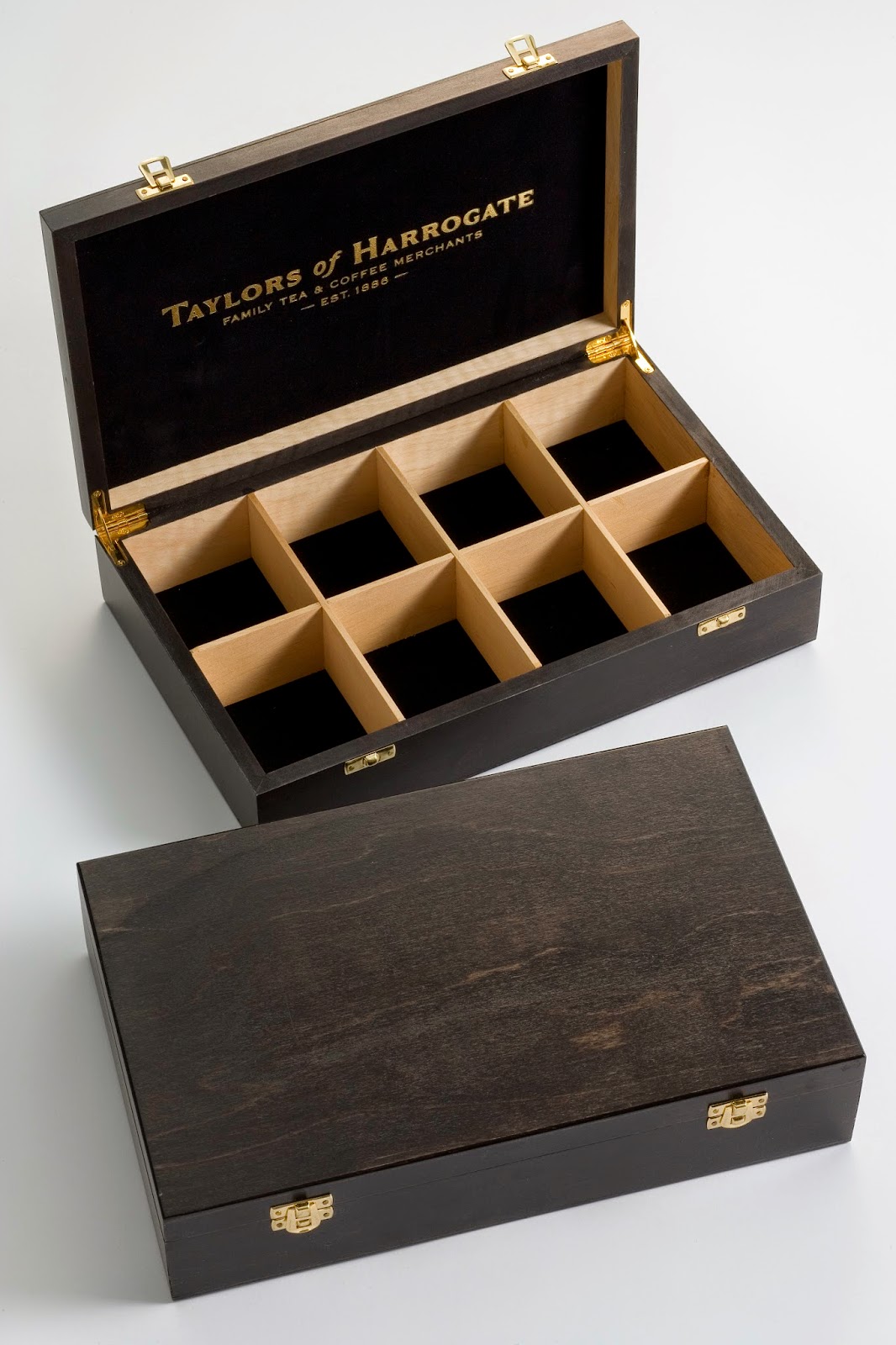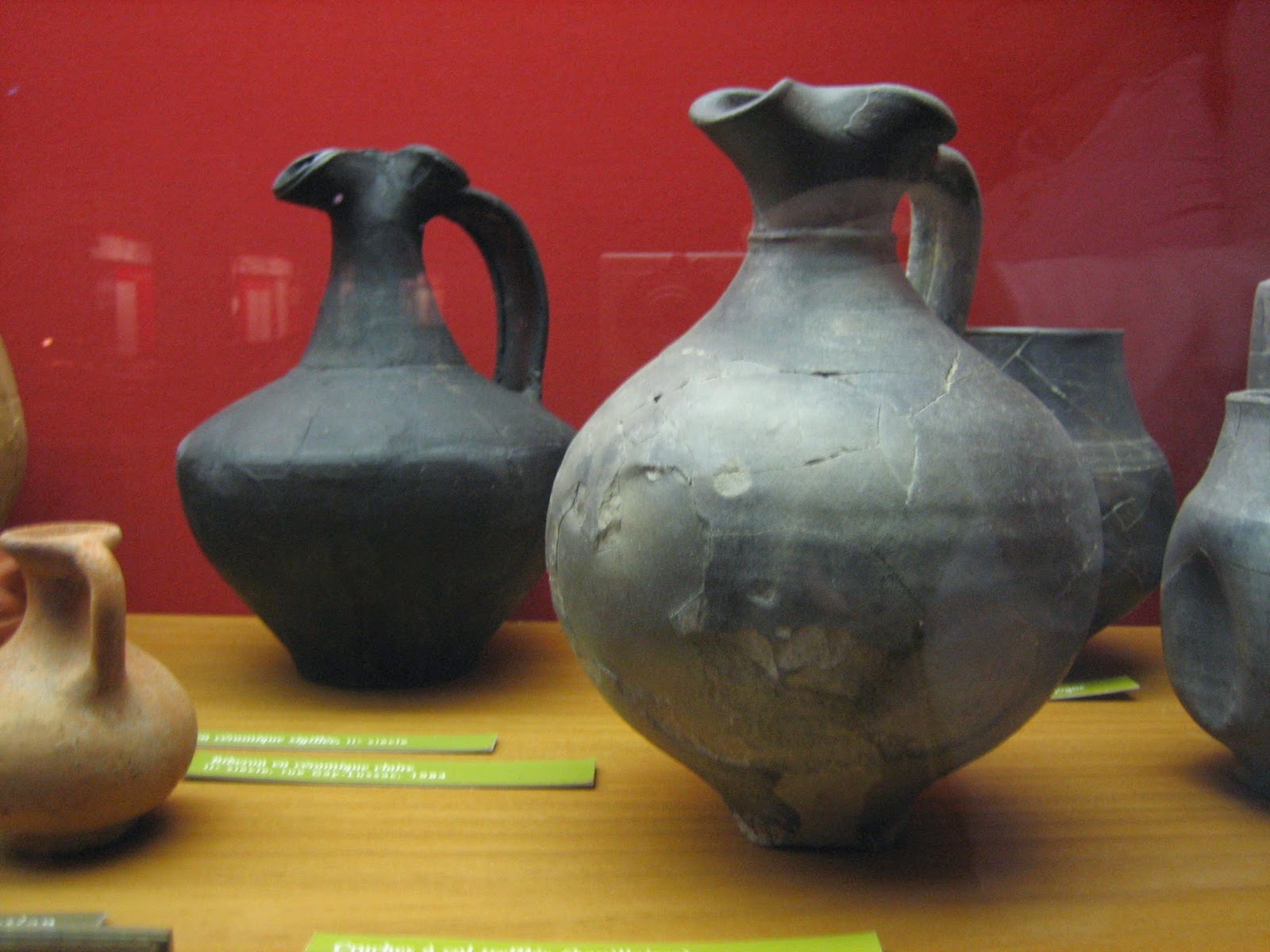Counter top display units are a quick and effective way to display and promote point of sale (POS) products and to encourage impulse purchases by customers.
These kinds of display units are made from a variety of materials such as printed, corrugated board, acrylic, sheet metal, steel wire, vacuum formed plastic and of course wood.
Polmac, Custom-Made, Alderwood, Counter Top Display Unit
The material used is often determined by the length of time the display unit is used. Printed, corrugated board is suitable for short-term promotions because of its relatively low cost and durability. However, acrylic, metal and wood materials are better for longer term promotions because of their greater durability.
Getting products to catch the customer's eye has a huge impact on sales, so choosing the right style and finish is essential. This is particularly true in today's busy world, where customers are often forced to make quick purchasing decisions.
There are a number of factors that have to be considered when choosing the type of counter top display unit to use, in order to maximize sales. These include:
1/ Ensuring visually appealing displays because prospective customers are influenced by presentation.
2/ Ensuring counter top display units are suitable for the type of products that are being displayed.
3/ Ensuring the size and capacity of counter top display units are compatible with the products and the space available for the display.
4/ Investing in premium quality, display units, so you get full, long term value from them. This makes good, economic sense because it's your investment after all!
Polmac (UK) Ltd specialises in supplying custom made, wood counter top display units. They're beautifully made, versatile and terrific value which means they help boost sales!



















































